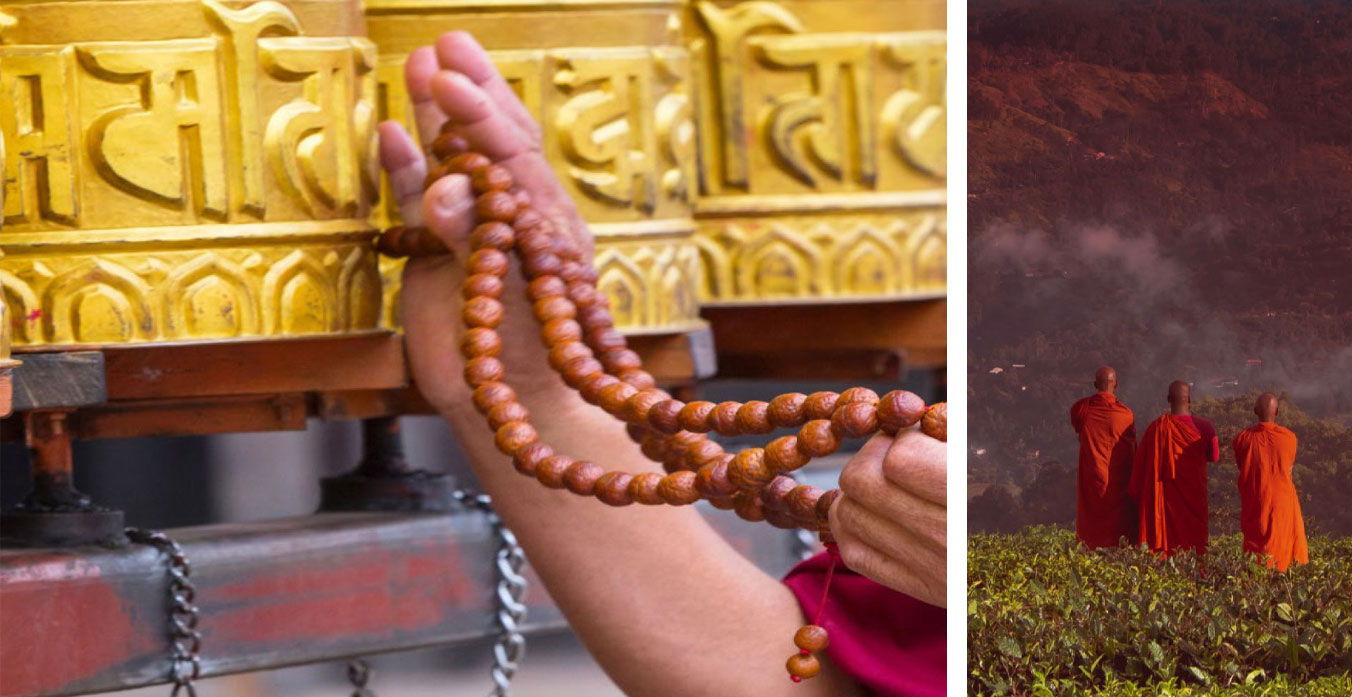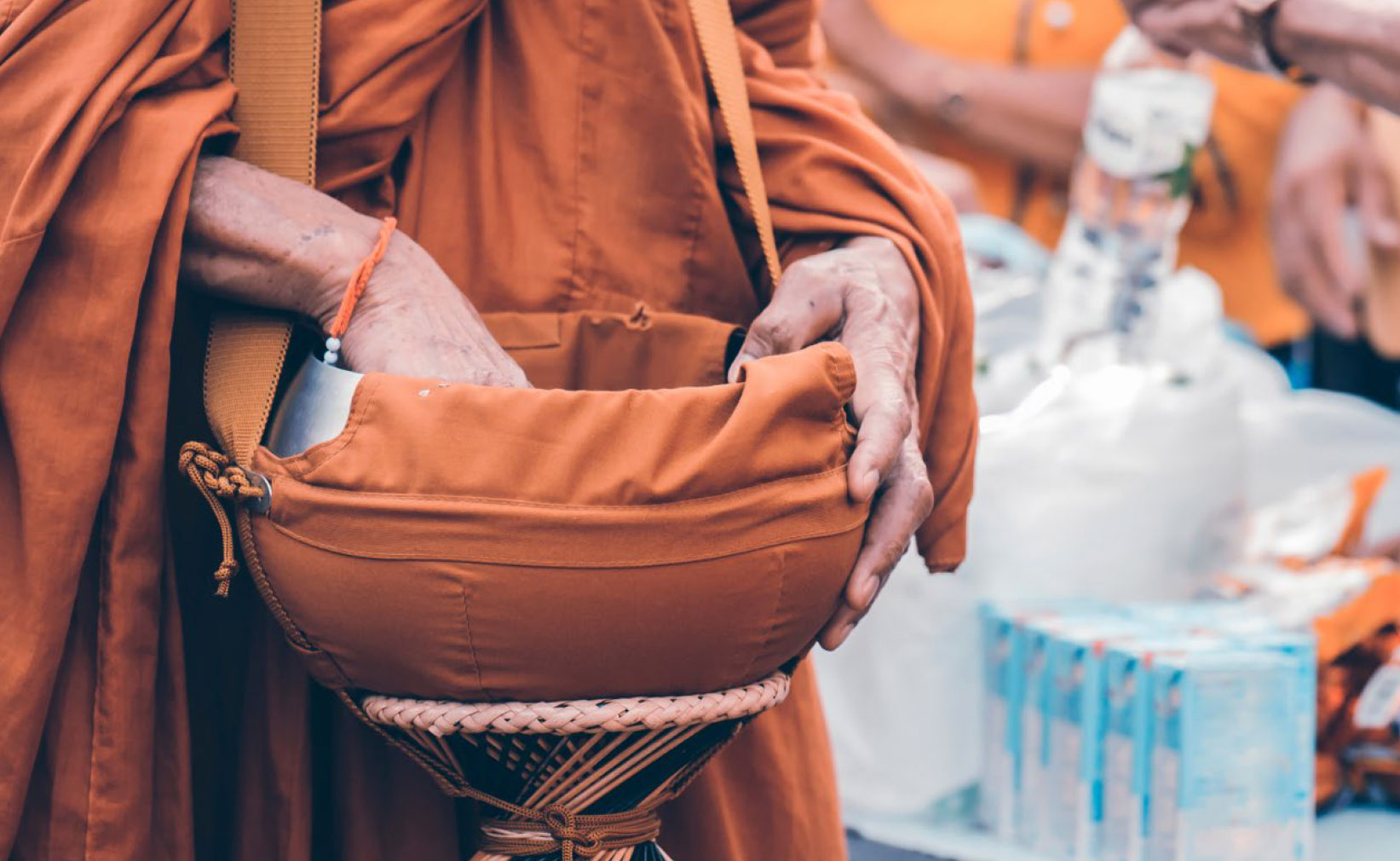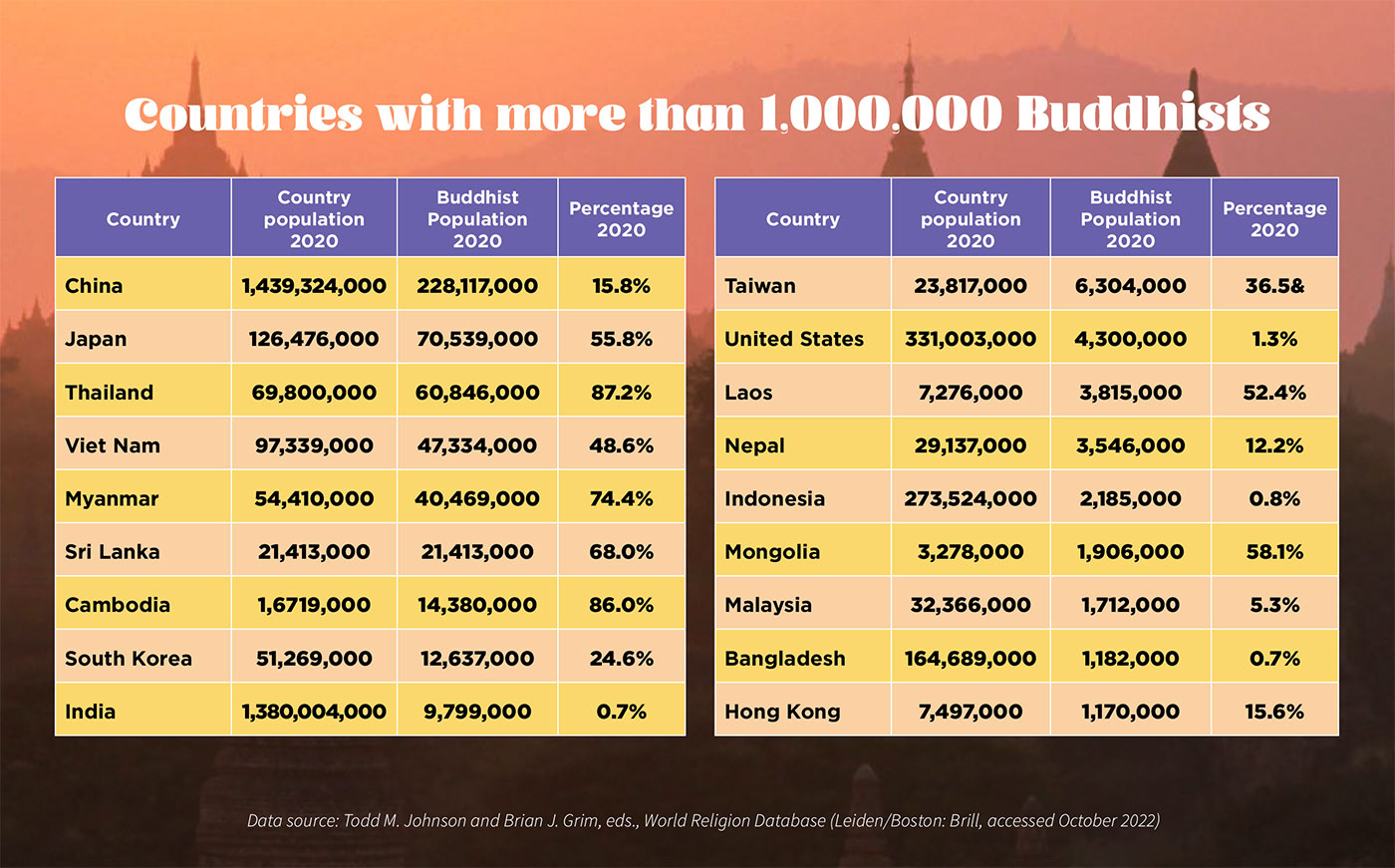
Downloaden de boeddhistische wereld 21 dagen gebedsgids in 10 talen.Lees in 33 talen met behulp van de widget onderaan elke pagina!
“Brand niet op; houd jezelf aangewakkerd en in vuur en vlam. Wees waakzame dienaren van de Meester, opgewekt verwachtingsvol. Geef niet op in moeilijke tijden; bid des te harder.” Romeinen 12:11-12 MSG-versie
Deze aansporing uit de eerste eeuw van de apostel Paulus had net zo goed vandaag de dag geschreven kunnen worden. Met de aanhoudende chaos als gevolg van de pandemie, de oorlog in Oekraïne, de nieuwe oorlog in het Midden-Oosten, de vervolging van Jezus-volgelingen in een groot deel van de wereld, en de economische recessie, is het gemakkelijk om gewoon onze handen op te steken en te vragen: ‘Wat kan men doen? persoon doen?”
Paulus geeft ons het antwoord. Blijf gefocust op het Woord van God, in de verwachting dat Hij zal reageren, en ‘bid des te harder’.
Met deze gids nodigen we je uit om specifiek te bidden dat God bekend zal worden bij de één miljard mensen over de hele wereld die op zijn minst in naam boeddhist zijn. Vanaf 21 januari 2024 leer je elke dag op een andere plek iets over de boeddhistische beoefening en invloed.
Deze gebedsgids wordt in 30 talen vertaald en verspreid via meer dan 5.000 gebedsnetwerken wereldwijd. Je zult samen met meer dan 100 miljoen Jezus-volgelingen deelnemen aan voorbede voor onze boeddhistische buren.
Veel van de dagelijkse profielen richten zich op een specifieke stad. Dit is opzettelijk. De steden die worden beschreven zijn dezelfde steden waar gebedsteams van de ondergrondse kerk bedienen op de dagen dat u bidt! Uw voorbede voor hun werk aan de frontlinie is van cruciaal belang.
We nodigen u uit om met ons mee te doen, om “vrolijk verwachtingsvol” te blijven en om “des te harder te bidden”.
Jezus is de Heer!

Prince Gautama was born in the southern part of modern-day Nepal in the sixth century BC. A local shaman noticed marks on the child’s body and foretold that he would grow up to be a world ruler and enlightened one. His father, desiring Gautama to be a great ruler, sought to protect him by providing a life of luxury.
At age 29, however, Gautama was exposed to the suffering outside the palace where he lived. As a result he spent six years as a wandering ascetic in search of a solution to the problem of suffering. In vain he tried various meditation techniques, hoping for insight. Finally, he resolved to sit beneath a bodhi tree until he had attained the enlightenment he sought. Though tempted by Mara (the Evil One), he persisted and eventually achieved what he believed to be a realization of supreme truth. From that point on he was considered to be the “Buddha”, which means an “Awakened One” or “Enlightened One”.
The Buddha found his original companions in the search for enlightenment and preached his first sermon to them. Unlike most religions there was no supreme deity involved. Instead he outlined the “Four Noble Truths”:
“Suffering” according to the Buddha arises due to our clinging to and craving for impermanent things that keeps us all caught in an ongoing process of death and rebirth where everything, even one’s very self, is impermanent and an illusion. The only way to get off that endless cycle of rebirths is to walk the “The Middle Path”, avoiding extremes and living with right understanding, thought, speech, conduct, livelihood, effort, mindfulness, and finally right concentration. The end-goal is not eternal communion with God, but rather—like the flame of a candle being extinguished—a state where craving is ended.
People see Buddhism as their own folk religion, even though it does not relate to a high deity. As such, it’s like a blanket that falls on existing cultures and conforms to the landscapes underneath. In Tibet, the Bon religion of shamanism was overlaid with Buddhist monasteries for meditation. In Buddhist Thailand, lay people offer monks cigarettes in their alms bowls; in Buddhist Bhutan, however, smoking is a sin. The Thai Buddhist council strictly disallows women’s ordination and forbids women from entering holy places inside temple grounds, yet Nepal and England ordain female monks. Cambodian Buddhists have no discussion in the temple concerning care for the environment, while Western Buddhists incorporate environmental activism into their practice of the dharma.
* For clarity, this guide follows the Sanskrit spelling of Buddhist terms, rather than the Pali spelling. Dharma is the Sanskrit spelling; the Pali spelling would be dhamma.

Theravada Buddhism
emerged from Sri Lanka, where the Buddha’s sermons and teachings were first canonized. It focuses on the attainment of enlightenment through personal meditation and good deeds. Myanmar, Thailand, Cambodia, and Laos follow this tradition.
Mahayana Buddhism
emerged based on texts attributed to Buddha, which taught that a bodhisattva, or enlightened being, could choose to delay entering nirvana (the ultimate spiritual goal of liberation) to deliver other sentient beings from their karmic suffering (based on a person’s past actions). This stream of Buddhism was traditionally practiced in China, Japan, Vietnam and the Korean peninsula.
Tibetan Buddhism
arose in India in AD sixth century, with a focus on accelerating enlightenment through ritual practices and visualizing heavenly bodhisattvas.
In recent years Westerners have adopted various forms of Buddhism that focus primarily on a quest for inner peace. Some have joined Theravada monasteries, seeking spiritual purification through meditation and by following the five basic rules of conduct. Others have committed themselves to a Tibetan lama (monk), study the Tibetan texts and learn chanting. Still others follow a Westernized form that mixes Asian traditions with Western notions of Buddhism. They often continue in their previous occupations and wear everyday clothes, but spend time in meditation and attend retreats.
In recent years Westerners have adopted various forms of Buddhism that focus primarily on a quest for inner peace. Some have joined Theravada monasteries, seeking spiritual purification through meditation and by following the five basic rules of conduct. Others have committed themselves to a Tibetan lama (monk), study the Tibetan texts and learn chanting. Still others follow a Westernized form that mixes Asian traditions with Western notions of Buddhism. They often continue in their previous occupations and wear everyday clothes, but spend time in meditation and attend retreats.


N/A


110 STEDEN - Een project van IPC a US 501(c)(3) nr. 85-3845307 | Meer informatie | Website door: IPC-MEDIA
110 STEDEN - Een project van IPC a US 501(c)(3) nr. 85-3845307 | Meer informatie | Website door: IPC-MEDIA